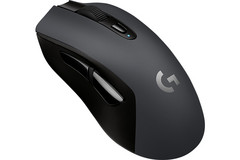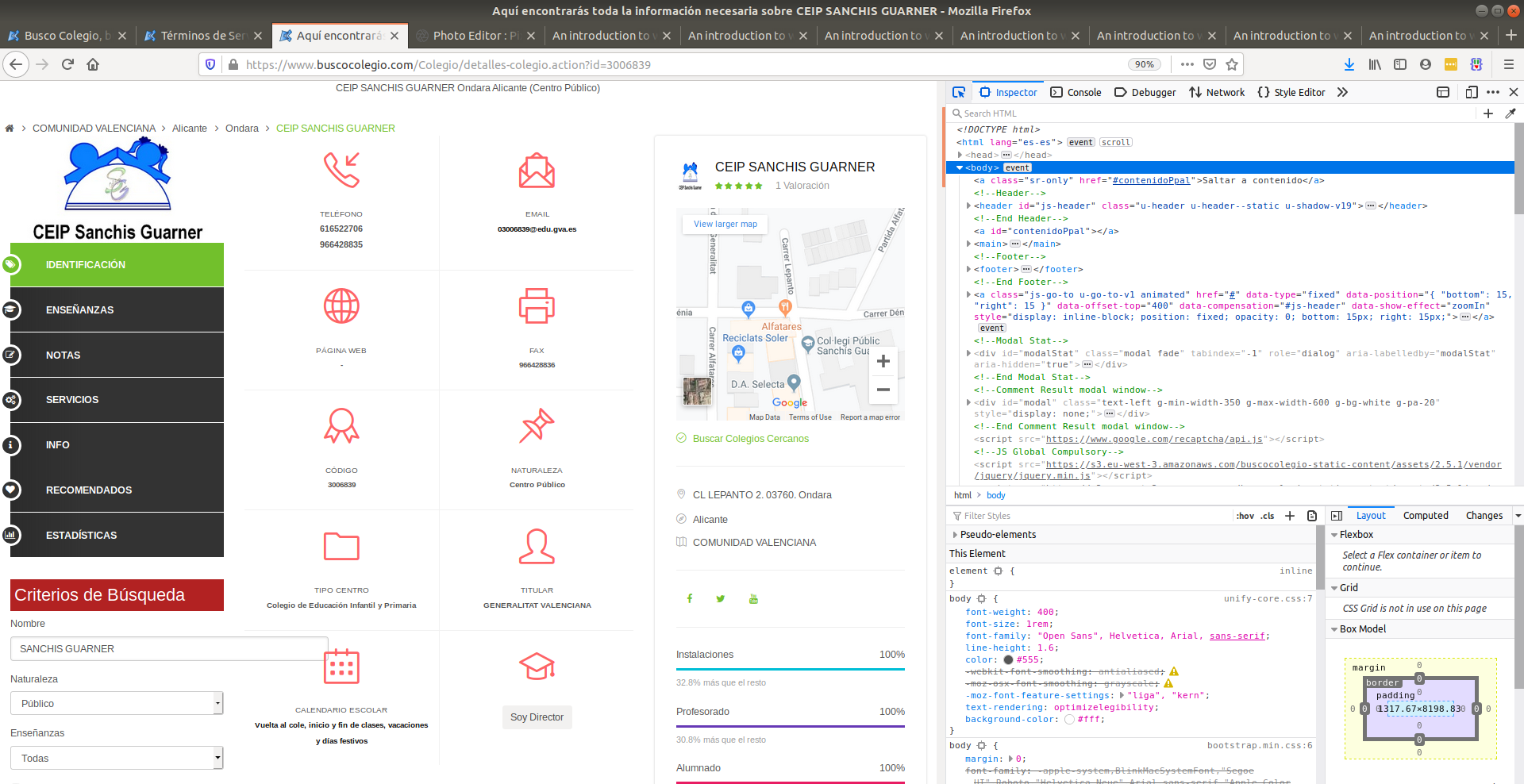
This gets into something that combines reaction time and proprioception (reception of self produced stimulus). Our expectation of the effect our input should have is different from what we see. The larger input lag gets, the harder it gets to do something like aim at a moving target. When input lag is below a reasonable threshold, we are able to compensate without issue (and, in fact, do not perceive the input lag at all). This is part of the learning curve, especially for FPS games. Our previous responses to input and the results that followed can also factor in to our future responses. playing a game, we can learn to predict future frames from current state for very small time slices to compensate for our response time. Human response time is mitigated by the fact that we are also capable of learning, anticipation and extrapolation. But with this built-in handicap, when fast response to what's happening on screen is required, it is helpful to claim every advantage possible (especially for relative geezers like us). Average human response time to visual stimulus is about 200ms (0.2 seconds) for young adults, which is a long time compared to how quickly games can respond to input. As soon as an image requiring a response hits your eyes, it will take somewhere between 150ms and 300ms to translate that into action. Once you have saved the maximum FPS rate in Apex Legends, launch the game to see if the excessive input lag issue in Apex Legends has been resolved.The impact of input lag is compounded by what goes on before we even react.

Now select Advanced Launch Options tab, then put +fps_max 60 in the Command line arguments field.Right-click on Apex Legends and select Game properties from the context menu.Go to My Game Library from the left panel.If you’ve got a monitor capable of 144 Hz, we recommend you lock down the frame rate to 80 FPS in the game to reduce the input lag. Users have suggested locking the frame rate to 60 FPS if you have a 60 Hz monitor, or 77 FPS if you have a 75 Hz monitor. But thanks to the wonderful community of players that Apex Legends has managed to build in a very short time, we have a workaround that has reportedly fixed the lag in Apex Legends for many users.Īpparently, locking the maximum FPS the game can reach reduces the input lag issues in the game. Respawn, the team behind the development of Apex Legends at EA, hasn’t yet commented on the input lag issue in Apex Legends. If it’s not, then it’s probably an issue within the game. u/adam10603Įvery game has an input lag, be it on PC or a console, but when you’re playing with the best equipment like a very low latency mouse, 144 Hz refresh rate monitor and a high-end graphics card capable of running the game at 180+ FPS, you expect the input lag to be as minimal as possible.

That difference is easily felt if you’re a decent player with good reflexes.

Testing Apex Legends shows an input lag of 13.5ms, while also running at around 400fps (Google how to unlock it). With my setup (1000Hz mouse polling, 240Hz monitor) CS:GO has a total input lag of 7.9ms while running around 400fps (between mouse movement and first change on screen), which is also close to what I get in other fps games. For me there’s over 5ms more input latency compared to CS:GO, which I always use as my baseline. According to pro players, there’s a mouse input delay of over 5ms in Apex Legends compared to other FPS games like CS:GO. Many PC users have complained of an input lag from their mouse to the game in a way that completely destroys their aim in Apex Legends. One of the issues which is annoying a lot of players is the input lag in Apex Legends. However, the game released without a beta run, and that is why we have been seeing a lot of issues in Apex Legends. It has only been a month since its release and we already have 50 million users playing the game on PC, Xbox One, and PS4. Apex Legends has had phenomenal success as far as a game can get.


 0 kommentar(er)
0 kommentar(er)
